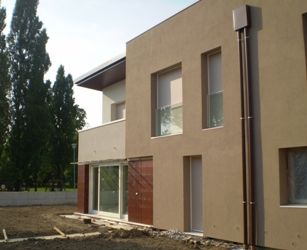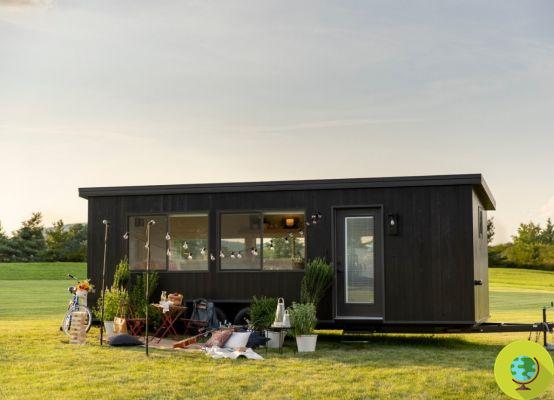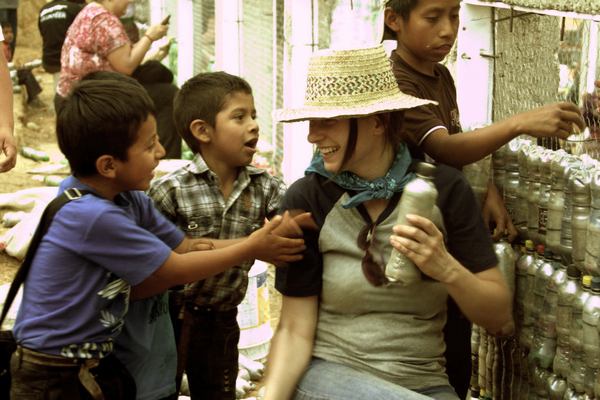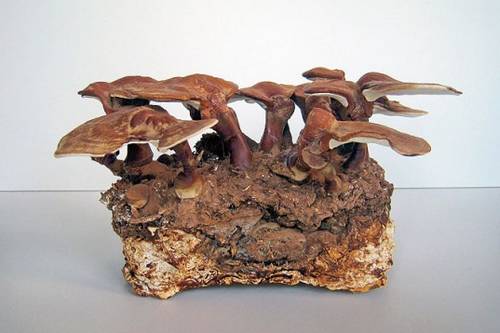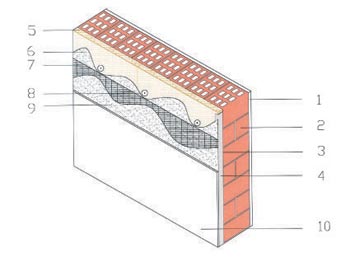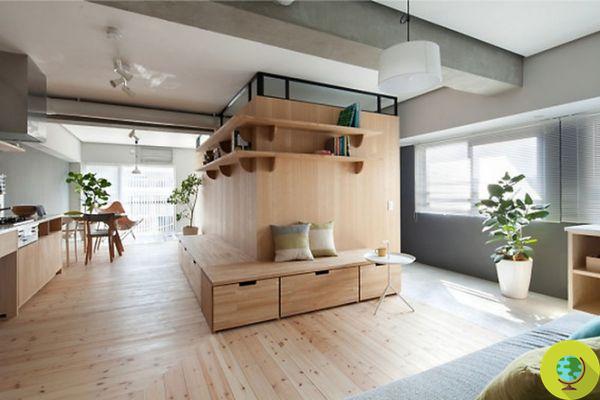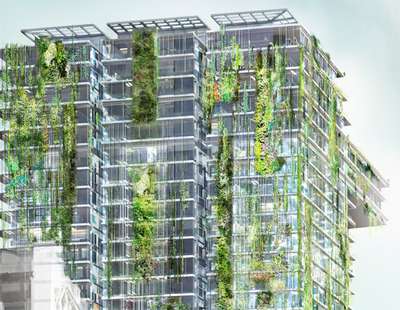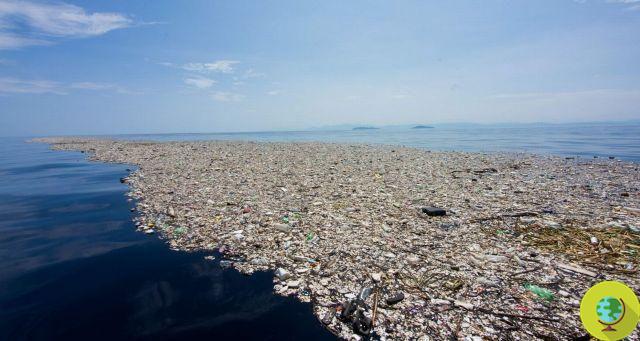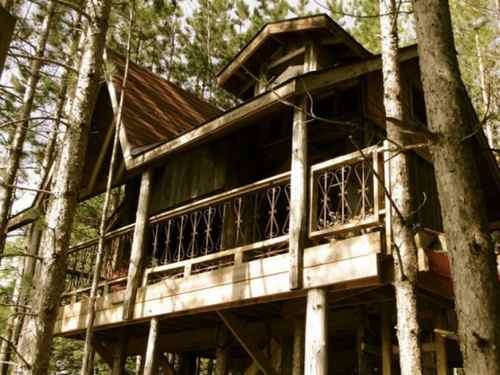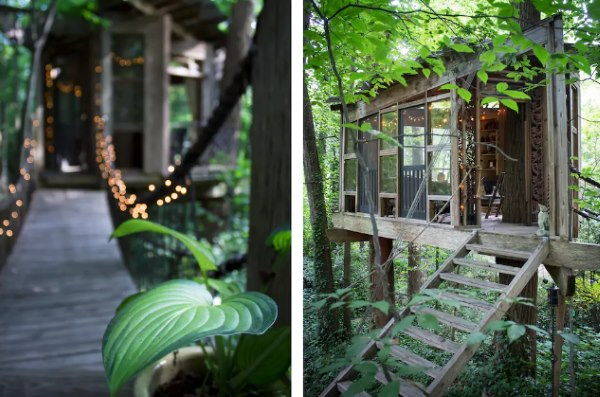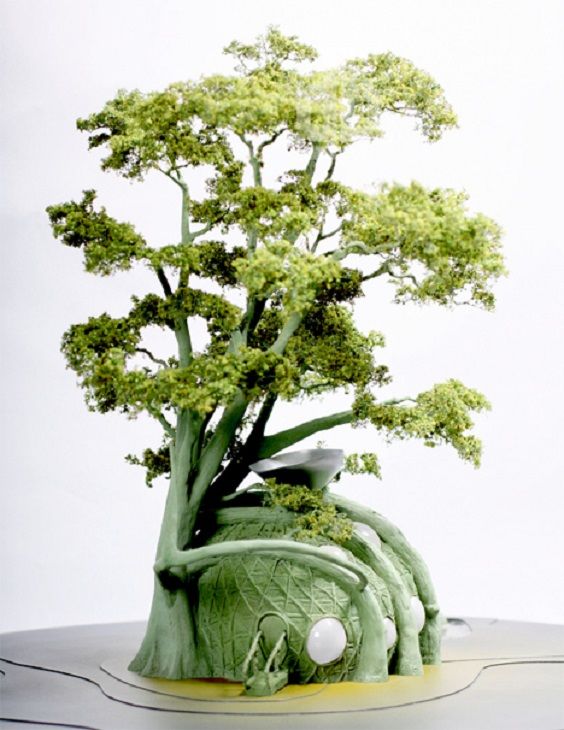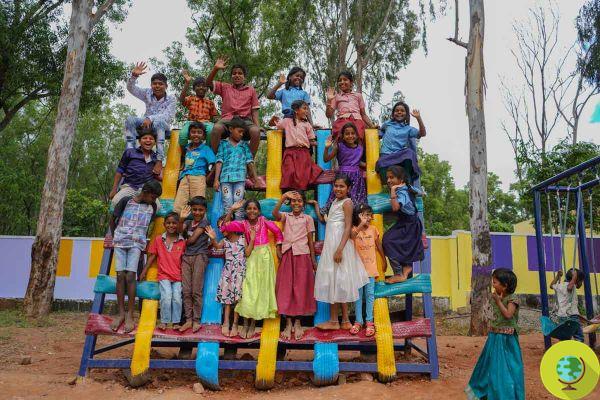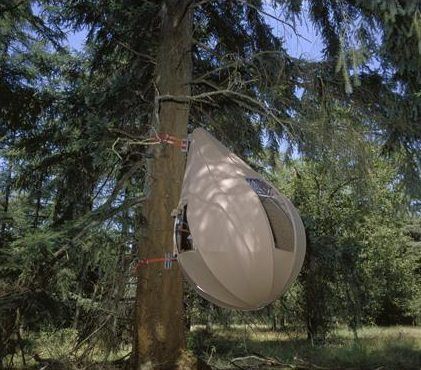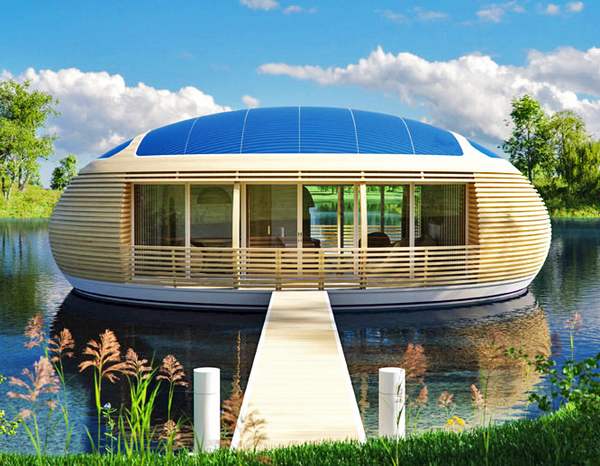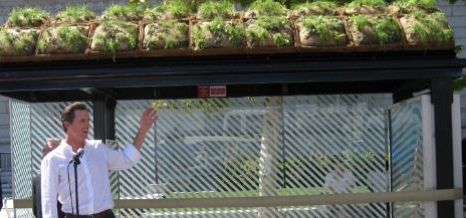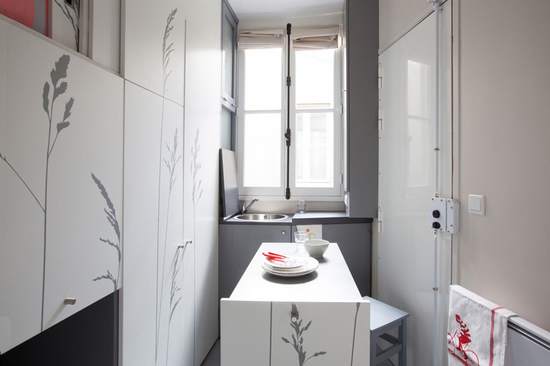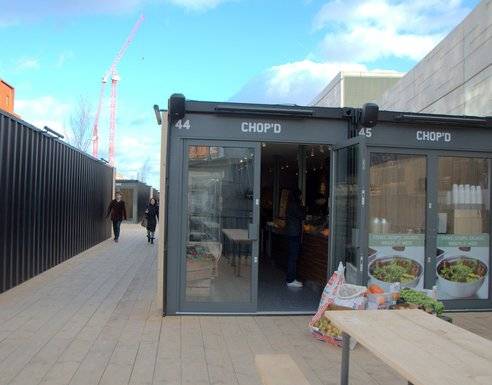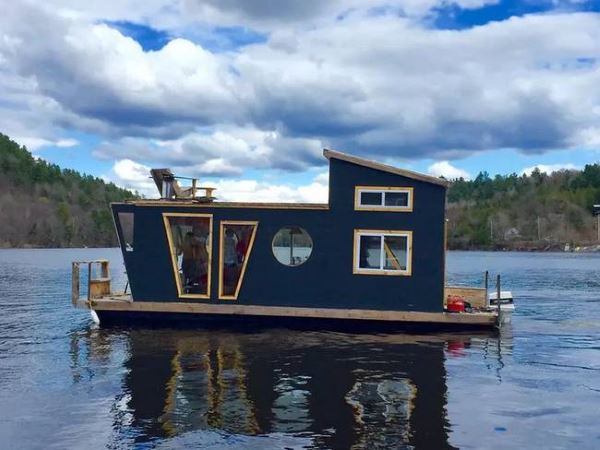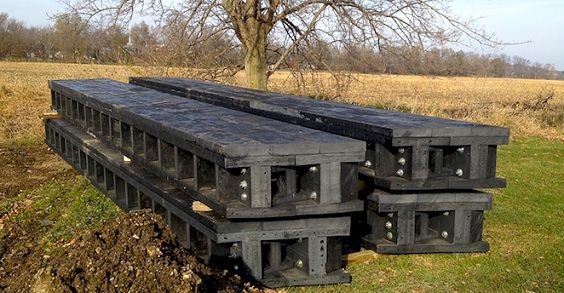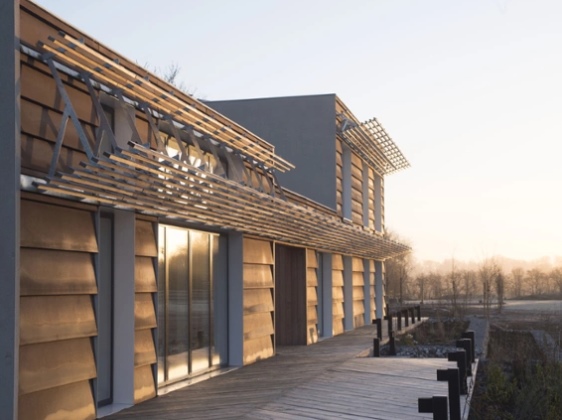This therapeutic center for people with disabilities and ethical fashion textile studio is a real catalyst for local development.
He is about to end up run over, his mother saves himThis therapeutic center for people with disabilities and ethical fashion textile studio is a real catalyst for local development.
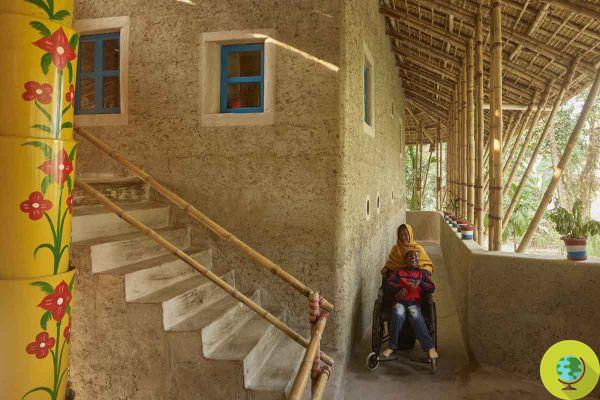
© Anna Heringer
Anandaloy in the Bengali dialect means "The place of profound joy" and this building could not have been better named. Two floors built with mud and bamboo, surrounded by the lush rice fields of Rudrapur village in northern Bangladesh, the structure is not only beautiful, there is so much more. The project as a whole - through the intelligent combination of sustainable design, green architecture and social inclusion - is a response to the needs of the community and the place.
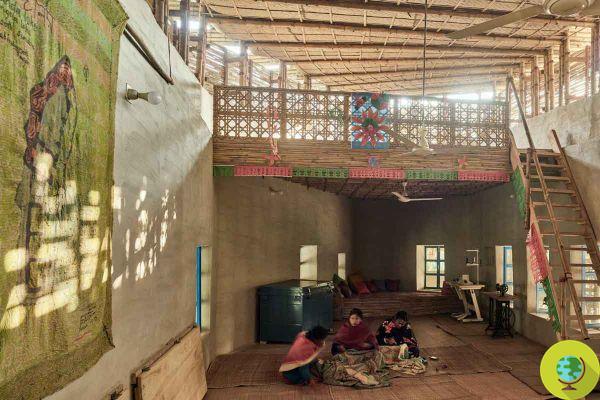
© Anna Heringer
German architect Anna Heringer designed this sustainably constructed multifunctional building housing a therapeutic center for people with disabilities on the ground floor, a fair trade textile production workshop for the village women on the first floor and under the ramp connecting the two floors there are caves that offer a space in which to play or feel protected and embraced. An incredible solution to reduce inequalities, welcome and promote local development without damaging the environment.
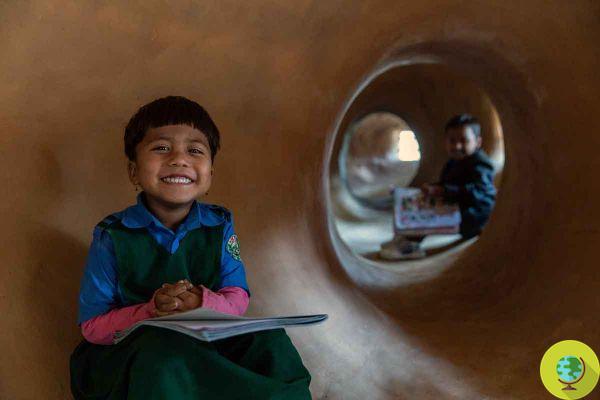
© Anna Heringer
“Architecture is a tool for improving life. The vision and motivation of my work is to explore and use architecture as a means to strengthen cultural and individual confidence, support local economies and promote ecological balance, ”Heringer points out.
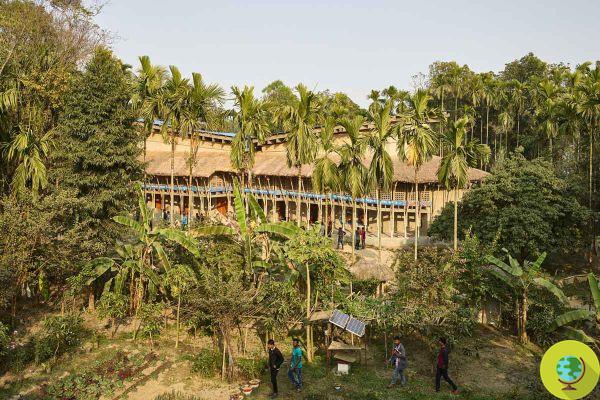
© Anna Heringer
The Anandaloy Building was built mainly with mud and bamboo from local farmers and designed using the craftsmanship knowledge of the Rudrapur inhabitants, thus demonstrating respect for the environment, culture and traditions of the place.
The construction process of the project was also meaningful and challenging. To make it happen, Heringer involved the whole village: the inhabitants, the neighbors, the people with disabilities, everyone put their hands in the mud, remembering the importance of “being a community” and reinforcing social cohesion.
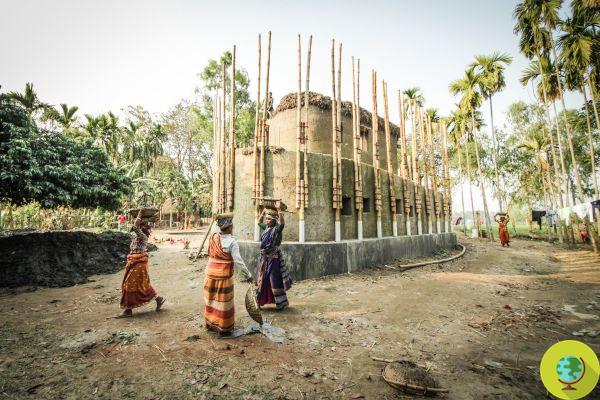
© Anna Heringer
This wonderful project with its immense socio-cultural and sustainable value is the second winner of the OBEL AWARDS 2020, a new international award that honors recent and outstanding architectural contributions to human development around the world.
Architecture has great transformative, social and environmental power, and Anna Heringer's Anandaloy Building proves it.
You might also like:
- This resilient park “welcomes” floods instead of fighting them with concrete barriers
- These artificial igloos could save penguins from extinction (and also fight the melting of glaciers)
- Bioarchitecture: Shigeru Ban's incredible cardboard cathedral
- Termite mound: source of inspiration in bio-architecture




